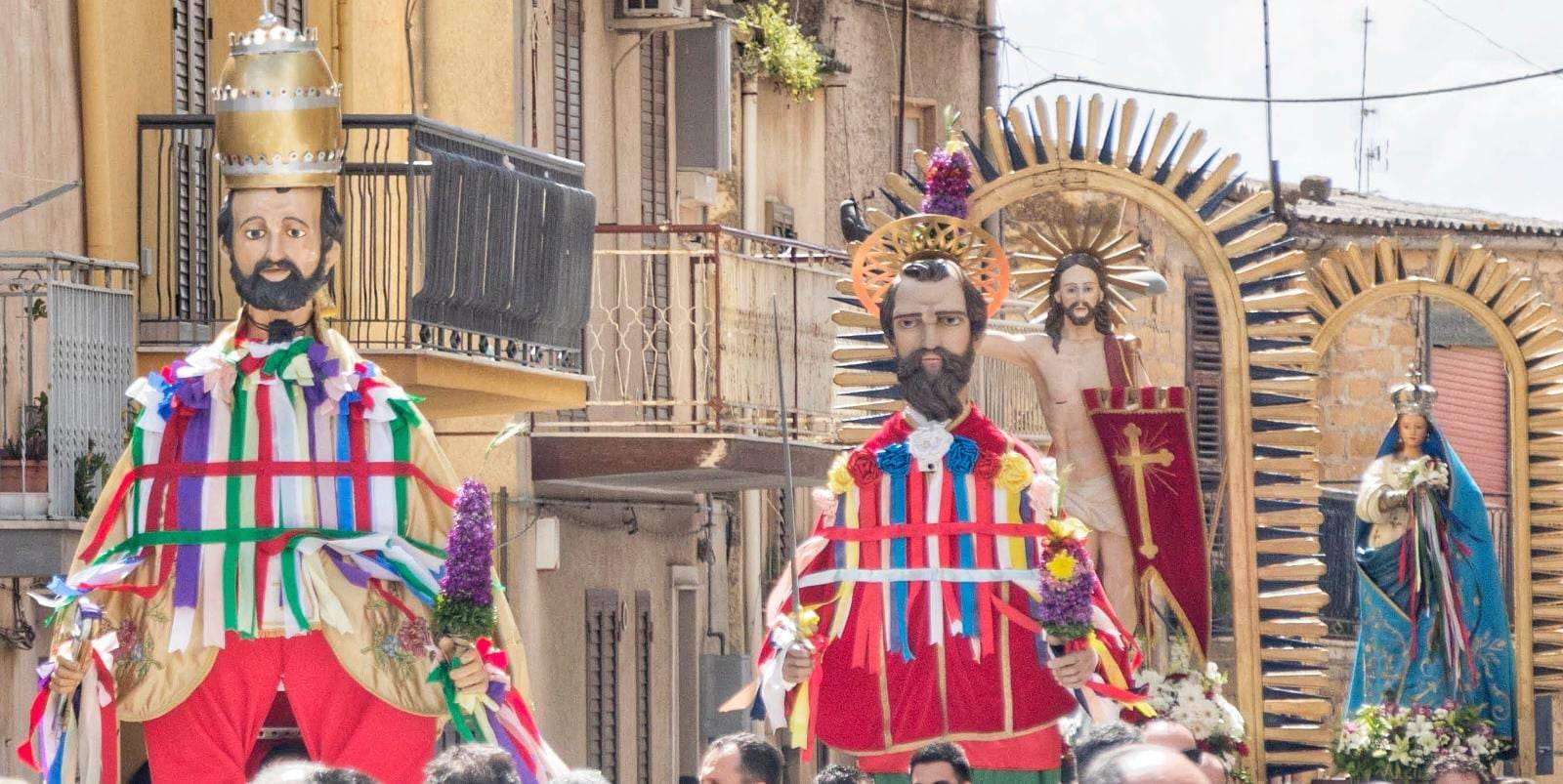Aragona is a municipality in the province of Agrigento, located on the eastern side of the Belvedere hill. It was founded in 1606 by Baldassare III Naselli, Count of Comiso, with the consent of the Spanish Viceroy Don Lorenzo Suarez, following the request of foundation “Licentia Populandi”. Having obtained this license he had the power and authority to inhabit the feud of Diesi, so called in memory of the old farmhouse inhabited by the Berbers and then abandoned when the Normans conquered Sicily. It was like laying the foundation stone of the new village, which will be called Aragona after the mother of the founder woman Beatrice Aragona Branciforti. The Naselli ruled the village of Aragon until 1812, when feudalism was abolished. The origin of the coat of arms comes from the symbols belonging to the families united with the marriage of Nicolao, nephew of Nasello Palatino and Noverina Palli. Thus the arms of the Naselli, characterized by a lion solitary in a blue field, were enriched with three golden globes placed on a band; later the coat of arms was adopted by the Municipality of Aragon with the addition of a fourth sphere. The tourism of Aragon specializes in certain events in particular the Holy Week and the Sausage Festival. It is known above all for the Maccalube Nature Reserve, a protected natural area, characterized by a vast clayey territory with eruptive phenomena, the so-called “mud volcanoes”. A typical dish of the area is the “Tagano”, which takes its name from the terracotta pot where it is cooked. And traditionally it is prepared on Holy Saturday to be consumed on Angel Monday. The main festivals are: Feast of the Patron Madonna of the Rosary; Holy Week; Festival of Cuddiruni Ragunisi ; Sausage Festival and Taganu Festival.
Comune di Aragona
Aragona, AG, Italia

